 There is a growing wave of interest regarding the benefits of dietary antioxidants, and for good reason. Dietary antioxidants may play a pivotal role in disease prevention and the provision of optimal health. Antioxidants are chemicals that can inhibit free radicals and in doing so can prevent damage to cells and tissues. Most dietary antioxidants are derived from plants and are therefore phytochemicals. One important group of antioxidant phytochemicals are the flavonoids. Current research is investigating flavonoids and the role they may play in preventing diseases in humans. But what are flavonoids and do you need them in your diet to be healthy?
There is a growing wave of interest regarding the benefits of dietary antioxidants, and for good reason. Dietary antioxidants may play a pivotal role in disease prevention and the provision of optimal health. Antioxidants are chemicals that can inhibit free radicals and in doing so can prevent damage to cells and tissues. Most dietary antioxidants are derived from plants and are therefore phytochemicals. One important group of antioxidant phytochemicals are the flavonoids. Current research is investigating flavonoids and the role they may play in preventing diseases in humans. But what are flavonoids and do you need them in your diet to be healthy?
What are flavonoids?
Flavonoids are a diverse group of phytochemicals found in all plants. Plants synthesise flavonoids for a number of reasons including their ability to protect the plants from environmental damage such as pollution, over exposure to sunlight and predation. Flavonoids are responsible for many of the red, blue and purple colours of petals, leaves and fruit.
Flavonoid chemistry
Structurally flavonoids contain multiple phenol rings and are therefore polyphenols. Flavonoids are divided into subgroups depending on their chemical structures. There are 7 main groups of flavonoids. The main subgroups of flavonoids are flavanols, flavanones, flavones, flavan-3-ols (also called catechins), anthocyanins, proanthocyanidins and isoflavones.
Flavonols
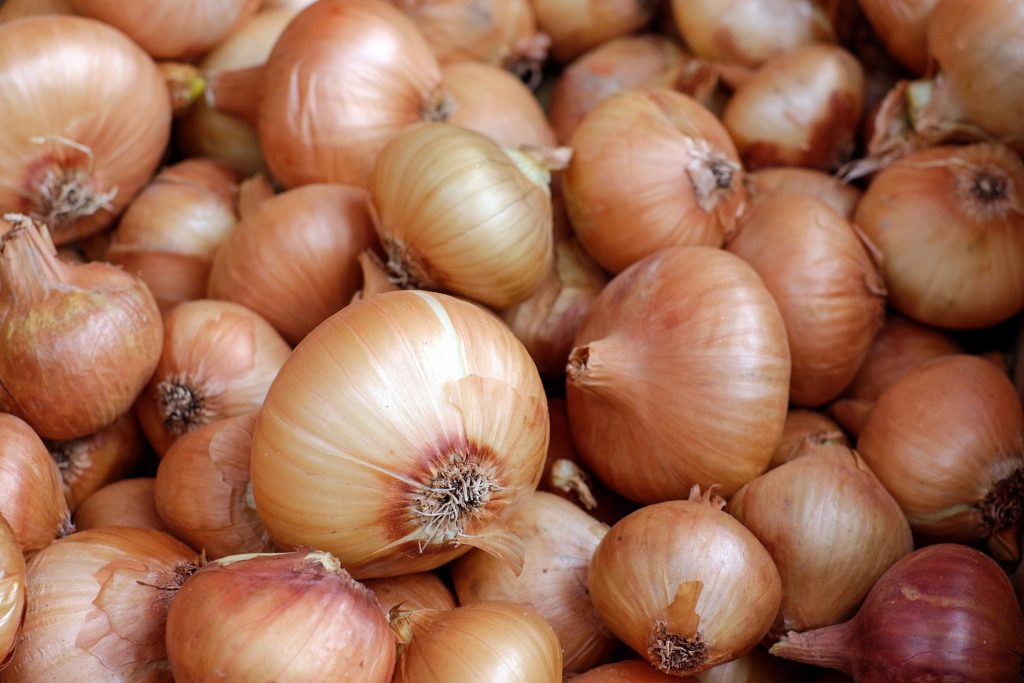
The most common dietary flavonol is quercetin. Quercetin is found in high concentrations in onions and wine. Kaempferol is another flavonol found in broccoli and green leafy vegetables. Other flavonols include myricetin, galangin and rhamnetin.
Flavanones
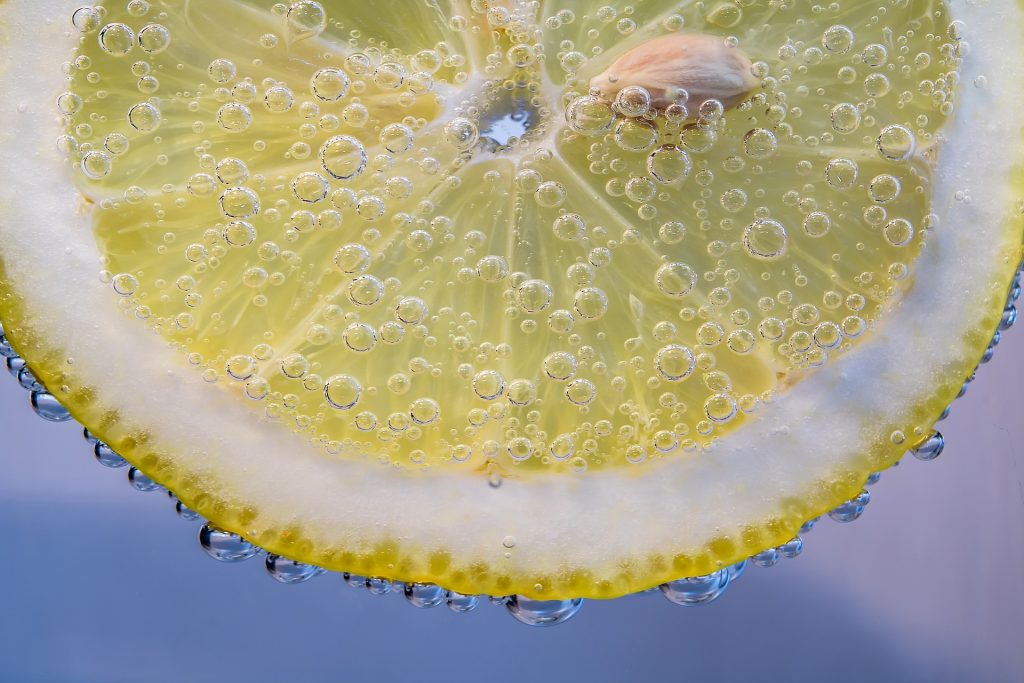
Dietary flavonones include naringenin, naringin, hesperetin and hesperidin. These flavonoids are found mainly in citrus fruit such as lemon, oranges and grapefruit.
Flavones
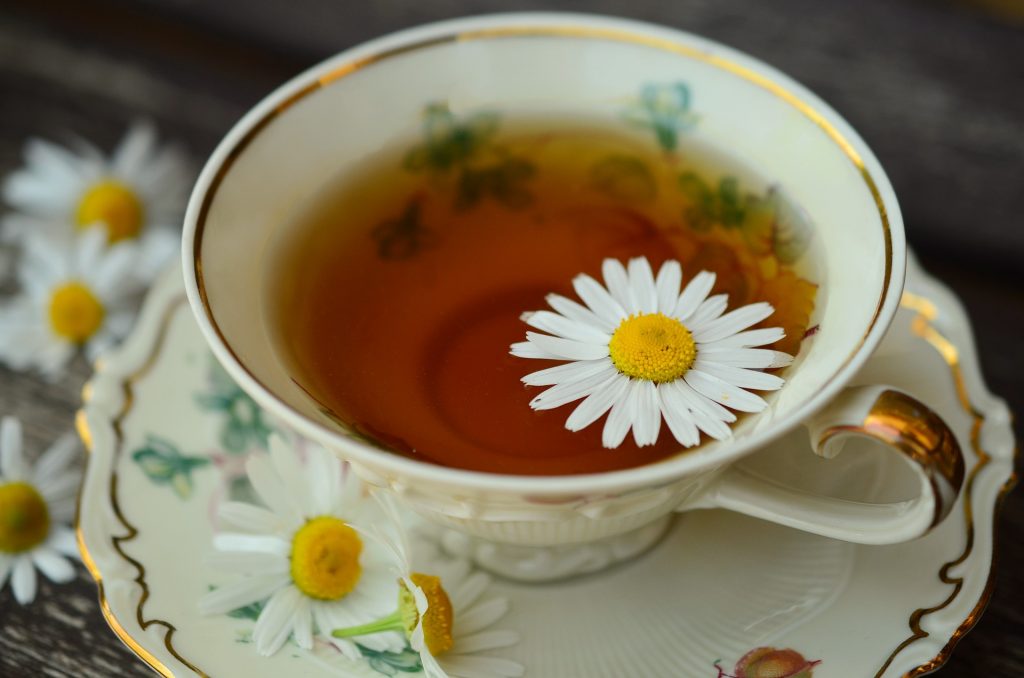
Flavones are found in many different plants. This is because flavones are used by plants to synthesise other flavonoids. The main dietary source of flavones are apigenin, chrysin and luteolin. Chamomile and passion flower are rich in apigenin and chrysin, respectively. Other sources of flavonoids include tea, citrus fruit, and herbs including oregano, sage and rosemary.
Flavan-3-ols (catechins)
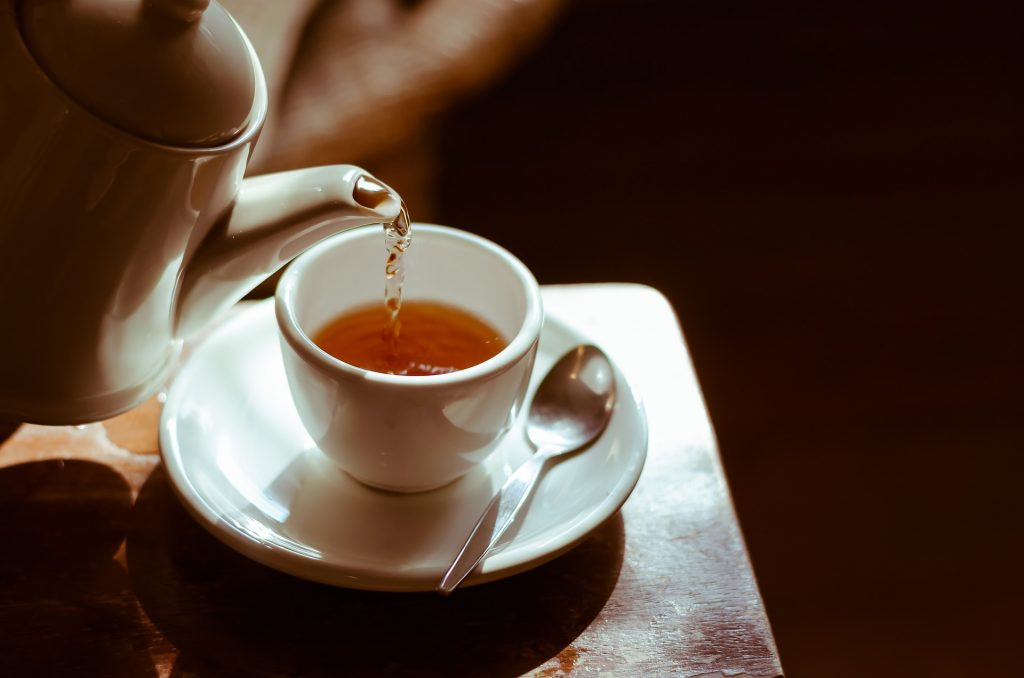
Catechins are present in very high concentrations in green and white tea. Other sources of catechins include certain fruits, particularly apples. In black tea the catechins become oxidised to form other antioxidants that are not flavonoids, and these include thearubigins and theaflavins.
Anthocyanins
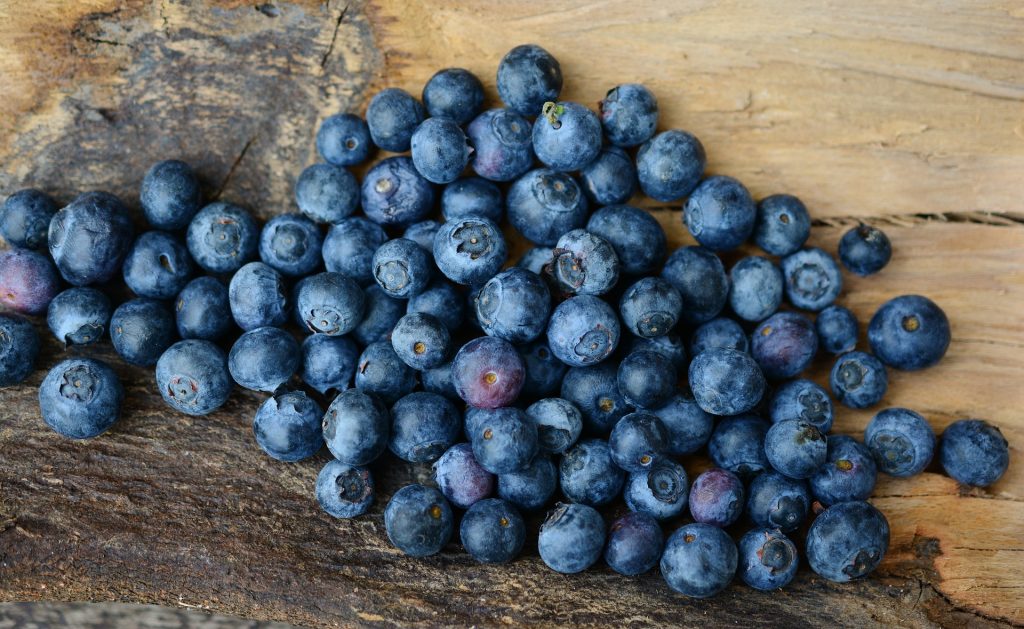
One of the best sources of anthocyanins in the diet is berries. Anthocyanins are responsible for the red, blue and purple colour of most berry skins. Anthocyanins are also responsible for many of the same colours in petals. So edible petals, as might be found in some herbal preparations, may contain anthocyanins. Red onions also contain anthocyanins, as this is what adds the red colour. Common dietary anthocyanidins include cyanidin, malvidin and delphinidin.
Proanthocyanidins
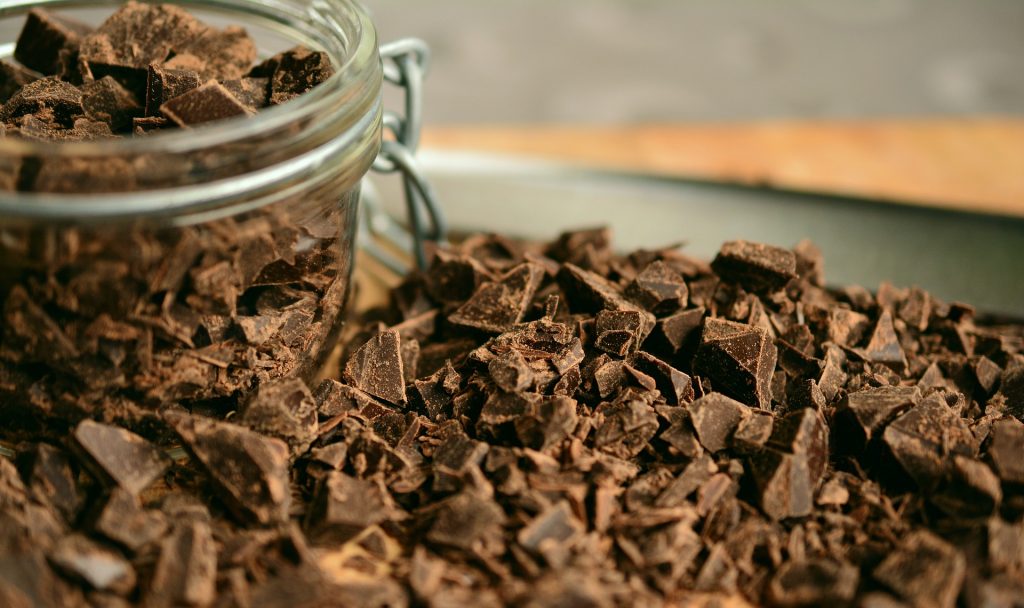
The main dietary source of proanthocyanidins is cocoa. Therefore chocolate and foods made from cocoa are rich sources of proanthocyanidins. Grapes also contain proanthocyanidins in their seeds. Proanthocyanidins are actually polymers of flavan-3-ols (catechins) joined together to form larger compounds. Proanthocyanidins are given names based on their size and number of catechin units, but are grouped into A-type and B-type as the main subcategories.
Isoflavones
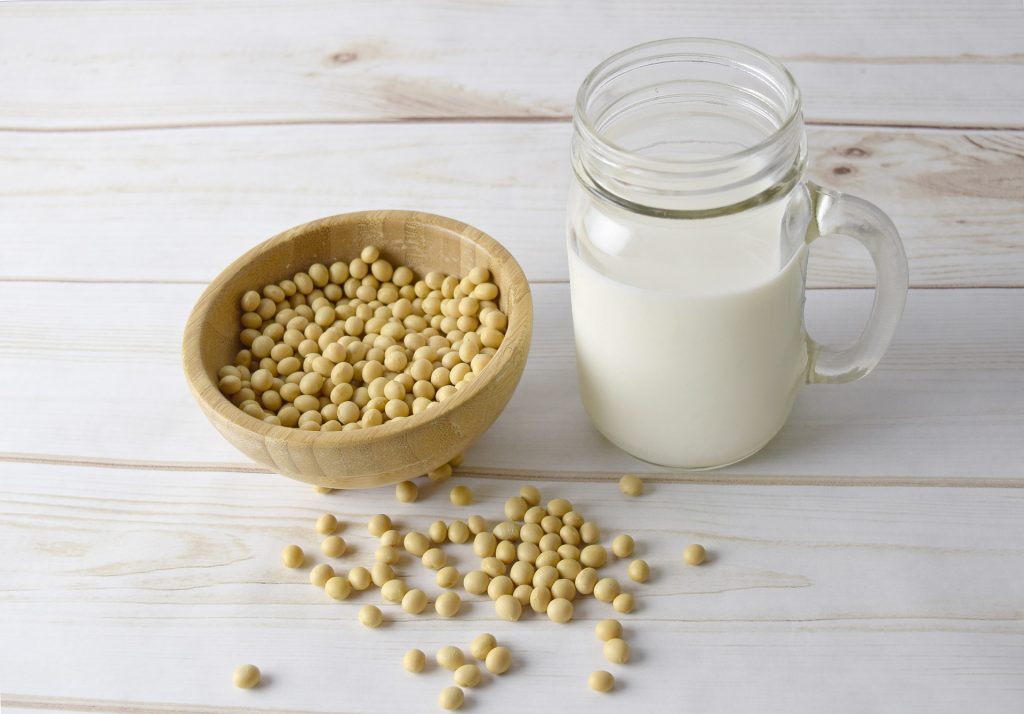
Dietary sources of isoflavones are limited. The best source of isoflavones in the diet are soybeans, and products made from soybeans including tofu, miso and other fermented soya products. All legumes contain some isoflavones, but only soya beans contains high concentrations.
Flavonoids in the diet
When we eat plant foods we consume flavonoids. It is estimated that there are over 4000 characterised flavonoid within plants, but the amount of flavonoids found in edible plants is smaller. Flavonoids are concentrated in particular foods. Tea, chocolate, wine, berries and onions are often cited source of dietary dlavonoids, but in reality most plant foods, particularly fruits and vegetables, are good sources. It is estimated that a typical Western diet may contain roughly 200 to 400 mg per day of total flavonoids. High plant diets may contain considerably more, specially if flavonoid rich foods are consumed.
Flavonoids are antioxidants
Plants synthesise flavonoids because they act as antioxidants. This antioxidant function protects the plants from free radicals caused by environmental damage. The same antioxidant action can protect humans from tissue damage and disease. High intakes of flavonoids may protect from a number of Western lifestyle disease including cardiovascular disease, cancer, type 2 diabetes and obesity. The antioxidant effects are also useful in treating diseases of inflammation such as arthritis. Flavonoid rich foods that are associated particularly strongly with disease prevention include green tea, red wine and berries.
Do you need to take flavonoid supplements?
Flavonoids are ubiquitous within plant life and so all diets that contain plants contain at least some flavonoids. Most diets contain a mixture of flavonoids and high plant food diets will contain most of the various flavonoid subgroups. The advantage of obtaining flavonoids from the diet is that it is not known which flavonoids are the most beneficial. Consuming a range of flavonoids from foods, rather than isolated compounds from supplements may therefore be more beneficial. However, certain dietary supplements of flavonoids, such as quercetin, have been shown to be beneficial at treating inflammation and preventing oxidative stress. Green tea capsules have also been shown to cause fat loss. Apigenin and chrysin may have antidepressant and antianxiety effects. So in certain circumstances supplements can be beneficial. However, as a general rule, a healthy diet high in plant foods should provide all of the flavonoids necessary for optimal health.
Eat Well, Stay Healthy, Protect Yourself
RdB
